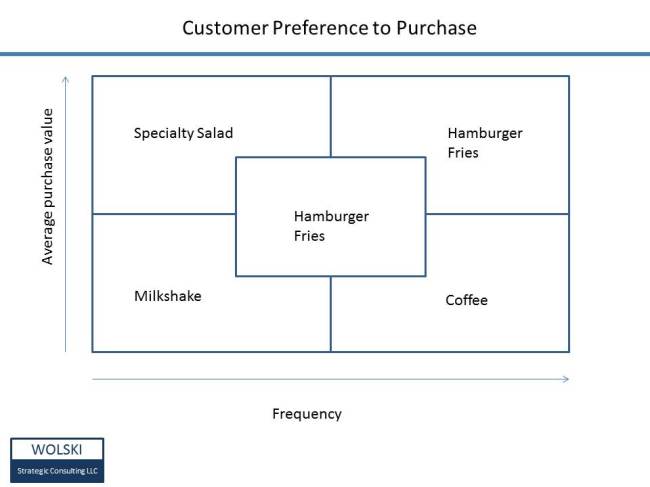The consumer buying process, at least in Marketing academia, is a straight forward five step process: 1.) problem/need recognition, 2.) information research, 3.) evaluation of alternatives, 4.) purchase decision and, finally, 5.) post-purchase behavior but is the process really so rational? Why would we, marketers, care? Most of marketing is focused on targeting one or more these steps to encourage consumers through the process. If the process doesn’t follow this process, then your marketing expenditure isn’t going to be effective.
Well if the buying process is not this well worn path, what else could it be? Habit. Humans are dominated by habit. Habits are wonderfully effective tools your brain uses to efficiently move through the day and your habits can be beneficial or harmful, depending on the habit.
Try a little experiment. Keep all of your personal receipts for one month. Grab your check book, credit card statement, your Paypal account and anything else that you to purchase something over the last 30 days. Put them all on a spreadsheet and then add a few columns, for example channel, store, brand, product, etc. Which columns are most meaningful to you will depend on the segment you manage. Mark those purchases that relate to the segments you manage.
For each purchase, fill in each column whether that purchase was a habit, a thought through decision or a trapped decision (a monthly expenditure on a 2 year cellphone contract would be trapped). For example, stopping into Starbucks on the way into work is likely a habit in any column you may put up. Total up your purchases. What percent of your purchases each month are made out of habit? Was the habit the store you went to, the brand you picked, the exact product, etc.?
This throws a twist into marketing for many of us. If your segment is heavily dependent on habit, whether in channel, store, brand, etc., then you customers’ buying process is no longer the classically defined process listed above and your marketing will have to change.

